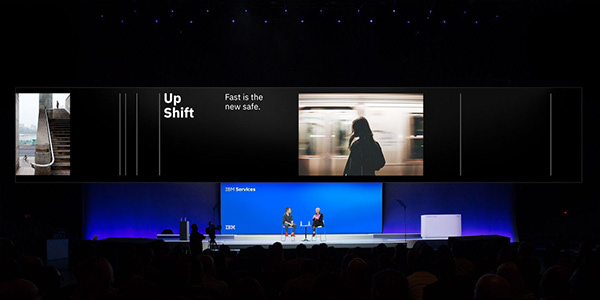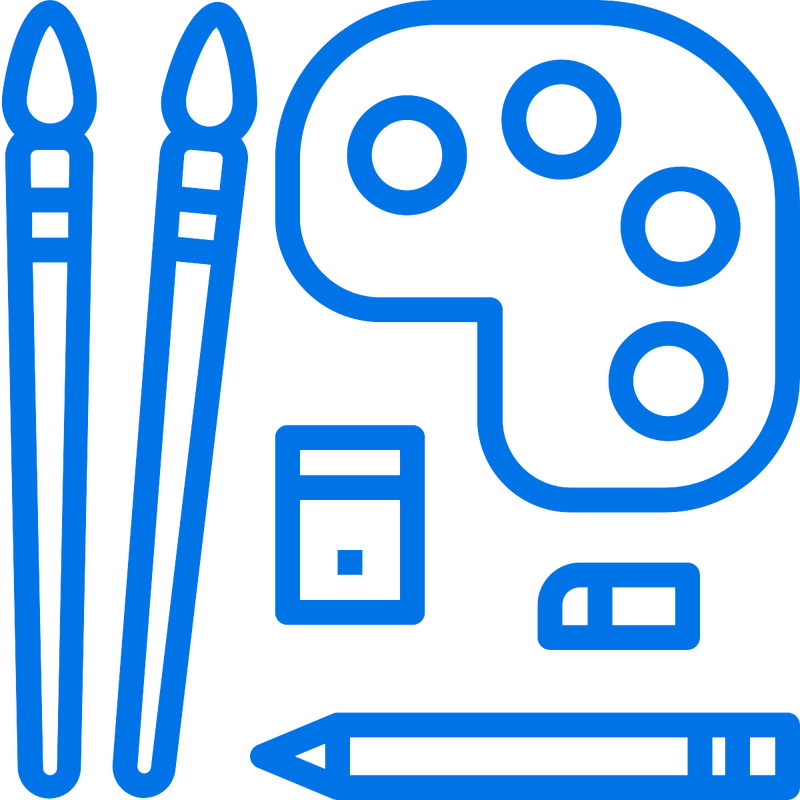Table Of Content

It ensures that designers create cohesive and consistent user experiences across platforms, products, user interfaces, and features. Deploying an enterprise workload with a few clicks can be challenging due to various factors such as the complexity of the architecture and the specific tools and technologies used for deployment. Creating a secure, compliant and tailored application infrastructure is often more challenging and requires expertise. However, with careful planning and appropriate resources, it is feasible to automate most aspects of the deployment process. IBM Cloud provides you with well-architected patterns that are secure by default for regulated industries like financial services. Sometimes these patterns can be consumed as-is or you can add on more resources to these as per the requirements.
Optimizing service replication in clouds
I started pitching the idea of a design language for VR after Cloud Management VR project wrapped, hoping to salvage some valuable learning outcomes from the past few turbulent months. It was around the same time when creators of IBM Immersive Data, an AR application, Alfredo Ruiz and Benjamin Resnick were just thinking about the AR perspective of the same thing. We immediately agreed these guidelines and assets belong together and could deliver IBM’s take on immersive technology for enterprise applications. In Spring 2017, leaders from the brand, digital, and product teams joined forces to define a design ethos and unify our brand identity and design system. This effort was intended to provide cohesion, strengthen our platform and culture and double down on our design craftsmanship. To make data visualization distinctive as IBM products, there are multiple elements, components and features to consider because, together, they all contribute to a functional and effective representation of data.
Principles, guidance, and resources to acquire and apply sustainability consciousness to everyday design.

We want data visualization to present crucial points clearly and prominently for quick and easy reading, providing clear insights while still giving the user the option to get more information on demand at any time. Interaction should support analytical reasoning and user comprehension by revealing context, insights, associations and causality. At the time, it was only a content outline and three draft principles, but received overwhelming positive feedback. The THINK Reality guild members became the main group of contributors to the design guidelines. Getting contributions and feedback from Aldis Sipolins, the expert in the field, was extremely valuable, and gave me the confidence that even if we make mistakes, this project is still in good hands. Application of the IBM color palette brings an unified and recognizable consistency to IBM’s vast array of digital products and interfaces.
Joni Saylor
This consistency is grounded by a set of well-defined rules on how to work with our component library in the context of dark and light themes. The color palette has been organized into four distinct 4-Color families, each containing the IBM core blue. When creating color groups for your particular usage and application, you may combine any of the colors within these families. When fewer colors are required, you may further subdivide any of the 4-Color families into 1, 2 or 3 Color families.
New tools for designers from IBM Accessibility - IBM
New tools for designers from IBM Accessibility.
Posted: Tue, 17 May 2022 07:00:00 GMT [source]
Join us and the Carbon community
This single source of truth eliminates design drift and enhances designer/developer collaboration with built-in properties, principles, and constraints. IBM’s principles aim to create “carefully considered, uniquely unified, expertly executed, and positively progressive” designs. Airbnb’s language makes communication between designers and stakeholders much easier and standardizes practices across platforms and devices.
In this installment, we concentrate on how one predefined unit, when used in multiples of two, defines the creation and use of a 2x Grid that functions seamlessly across an ever-changing sea of ratios and formats. Shades of grey ensure data points are visible while not distracting from the key insights. On the other hand, connecting specific colors to certain key metrics helps your audience easily recognize frequent indicators. The legend should explain the chart’s meaning by defining the association of each visual property, such as color, shape and size, to the corresponding data. The short lived appearance of our AR/VR chapter has already brought us unexpected rewards.
Axes, ticks and the grid should help the reader understand the proportions and scale of the data, the indicators involved and their unit of measure. Avoid filling the chart frame with too many elements, as it impacts the user’s ability to interpret the data. I thought it was only fitting that the isometric illustration became our main vehicle of visual communication. “In the first phase, we were really focused on this idea of helping people see what design could do.
IBM's Got a Plan to Bring Design Thinking to Big Business - WIRED
IBM's Got a Plan to Bring Design Thinking to Big Business.
Posted: Thu, 21 Jan 2016 08:00:00 GMT [source]
Content Sourcing and the THINK Reality Guild
This characteristic, while subtle in its application, is essential to the effectiveness of any experience. We must put care and craft into every experience if we expect any confidence or consideration in return. Today, as with technology, the talent, techniques, thinking and tools of design have become more and more abundant and accessible to all. The last best experience that anyone has anywhere becomes the minimum expectation for the experience they want everywhere.
If you aim to build a design system, defining your visual language first will help guide the development of your UI components and pattern library. The IBM brand systems have been developed for various IBM businesses, audiences,categories, and offerings. Read them to understand the rationale behind everyvisual and verbal detail to ensure your work is built on these importantfoundations. These kits come with Carbon components so you don’t have to build them.
Apparently there are an abundant amount of immersive projects going on within IBM! Seeing the multitude of projects encouraged us as this confirmed our presumed need for a set of principles and guidelines to unify design, share reusable assets, and assist future AR/VR designers and developers. This is the beginning of THINK Reality Guild, a self-organized group of designers, developers and data scientists working on VR and AR projects across Watson, Cloud, Digital, Analytics, Research, Design, GBS and GTS. Creating a shared vocabulary and guidelines gave existing products quick lifts and instantly improved the consistency of user experiences across IBM’s many product lines—including legacy systems. As part of our research for THE LOOP documentary, we spoke with many IBMers about how design practices spread throughout the company to create the remarkable product and business outcomes IBM and its clients are seeing.
Inspired by their history, we explored the rich detail that went into Plex’s development, its impressive breadth and adaptability, and its global nature with support for over 100 languages. By illuminating a chart through sequential or diverging palettes, you add depth and dimension to specific data, drawing attention to the quantitative aspect of the story. Now that the IBM Design Language is a few years old, Saylor and Hughes say the next priority is continuing to evolve—and to prioritize outcomes as much as process. Last fall, Hughes and her team took a deep dive into the best ways to continue scaling the language throughout the company, and qualitative and quantitative ways to measure adoption. When selecting materials for your next signage project, consider materials sustainably sourced. The weekly design playback is great for getting feedbackon work in progress from a group of designers and design leaders dedicated toyour success.
We are seeing more designers volunteering and more original content owners reaching out to me hoping to join forces. Albeit we are currently playing catch up, be sure to check back later and I am confident you will be surprised by the improvements. At the end of 2016, I joined IBM and dived immediately into deep waters — a VR project for managing Cloud infrastructure.
A new version of the IBM Design Language was released last month, and we have to temporarily hide the AR/VR content on the new site because updating all the designs quickly is simply unrealistic for a part-time team. See the IBM Design color palette in action across multiple business units and applications. Deliberate hits of color are composed with rich neutrals for a well-balanced and cohesive experience.
“Our primary palette is comprised of neutrals, white, and blue to bring boldness to our brand and is used in logical ways throughout product and marketing to guide the eye and highlight the important bits. We pepper warmer, secondary palette colors throughout to soften the experience and to impart confidence and optimism.” – Atlassian Design System. Today we have had our long anticipated launch, and a less anticipated migration to V1 domain of the design language archive.

No comments:
Post a Comment